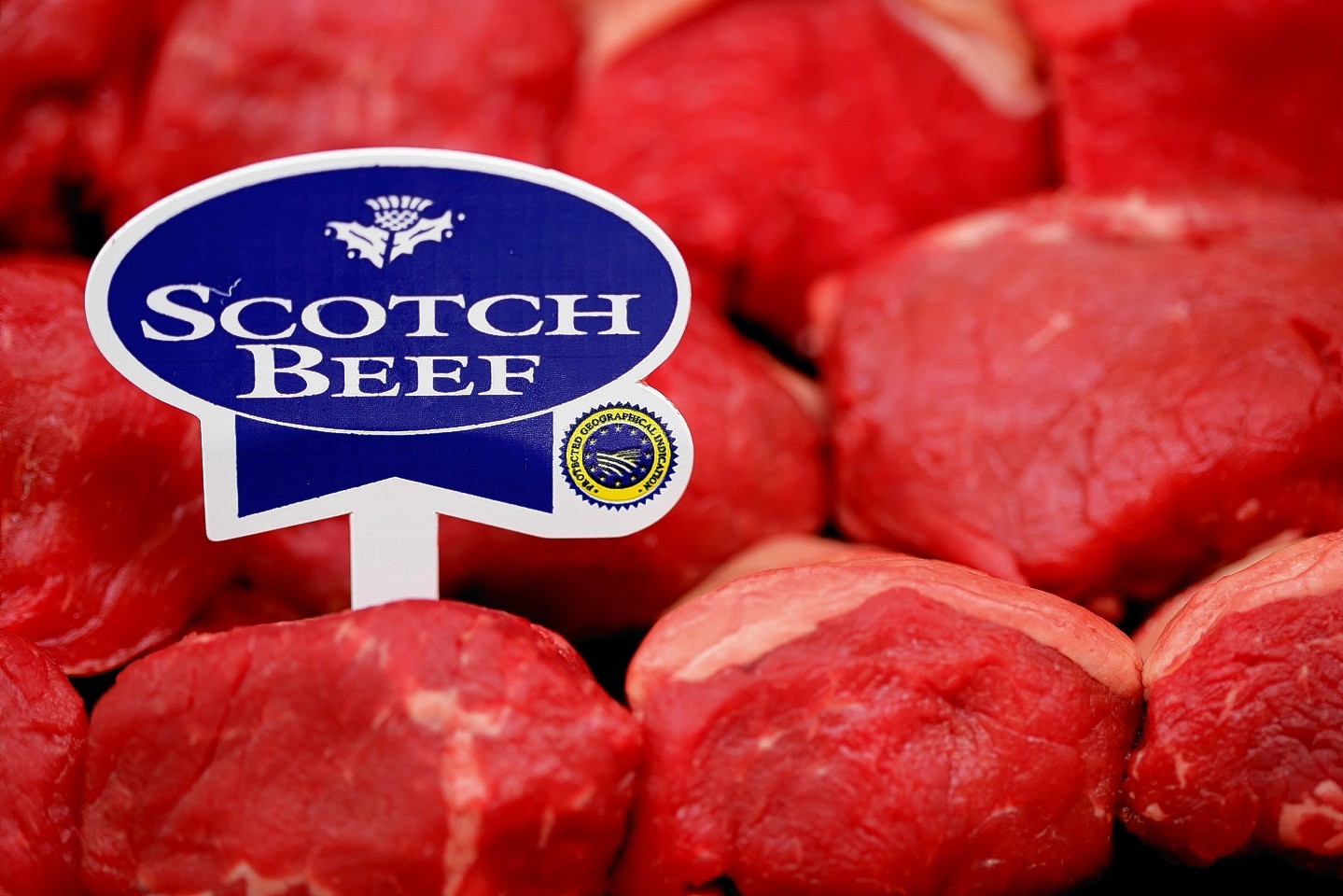Scotch Beef is missing out to nationwide retailer price promotions, claims the marketing chief of Quality Meat Scotland (QMS).
According to the red meat levy body’s head of marketing, Laurent Vernet, supermarket price promotions result in many cuts of Scotch Beef being marketed amongst British cuts.
Mr Vernet estimated that about 50% of beef sold in Britain was sold on price promotion.
“The volume of meat produced for the retailers has not changed. What has changed is where the retailers have been labelling it to facilitate their national promotions. Because they are doing promotions for the whole of Great Britain, they need to retail it (the beef) as British,” he said.
“It’s very important for us to differentiate ourselves (Scotch) from Red Tractor and British label because it’s a good excuse for a prime promotion without annoying farmers.”
The Scottish retail market for fresh beef was worth around £232million, with Scottish origin labelled beef making up around 37% of that market share, worth around £85million.
“There’s still a market for us (in Scotland) to try and promote,” said Mr Vernet, who estimated that around 90% of Scots were aware of the Scotch Beef brand.
QMS was going to work with all the supermarkets, with the exception of one who has chosen not to participate, to help them stock and market Scotch Beef.
The levy body’s promotion of Scotch Beef for the year ahead would focus on roasts and steaks as the “heroes” of Scotch Beef, while also working to promote mince and stewing cuts, said Mr Vernet.
Meanwhile, the fresh beef retail market in the rest of Britain was worth around £1.95billion, with Scottish-origin beef making up around 59% of this, said Mr Vernet. “The English are very keen to pay dramatically more for our steaks,” he added.
As a result, the marketing campaign for Scotch Beef south of the border will focus on quality rather than origin. Mr Vernet said QMS’s marketing efforts outwith Britain will focus on increasing the market share in Germany and the Nordic countries, while pushing exports to south-east Asia and North America would ensure the red meat sector “did not have all the eggs in the same basket”.
